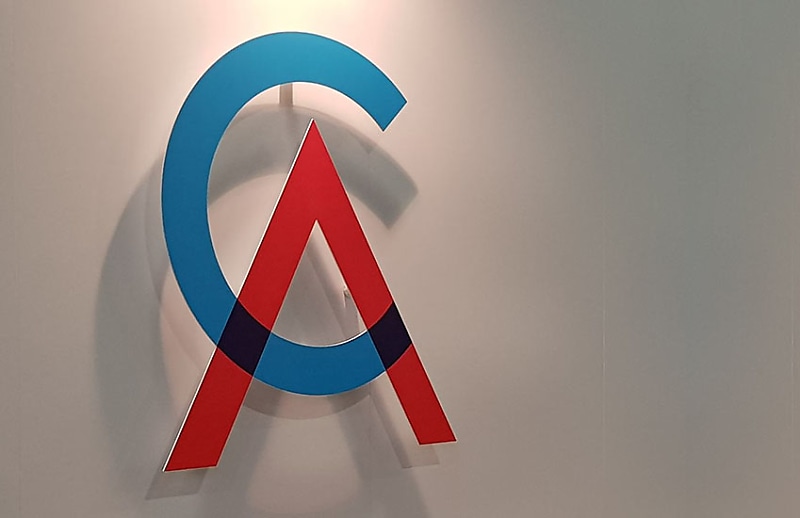A torrent of social media disapproval has greeted the CA ANZ annual report with accusations it is failing to live “within its means” by posting a loss of $147 million revenue and allegations that executives granted themselves pay rises but short-changed small practices.
“Our professional organisations shouldn't be losing money like this unless it was being spent for the benefit of members,” said one, referring to an $8.8 million loss before tax and a bottom line of minus $13 million after writing down the value of a property.
“How can the professional accounting body not live within its means? Very embarrassing!” was one indicative response to the numbers.
Another said: “What's really unnerving is that member services and education costs were only $20 million (13 per cent of sales) and the other $120 million of costs were spent to keep the thing alive ...”
That explained “why they have no resources to help small practices” said yet another commentator while one pointed out “the organisation burns more cash, yet annual membership fees continue to increase” after the most recent 8 per cent rise.
CA ANZ’s annual report reveals the body earned $90 million in membership fees, making up 60 per cent of its total income, and spent $90 million on employee benefits and staff-related costs.
It attributed its increased expenditure to a rise in employee costs due to “general salary increases”.
With a sole exception, remuneration for key executives rose with chief executive Ainslie van Onselen the top earner on $940,000, up from $877,500 last year.
Other winners included marketing chief Simon Hann, whose pay rose 9 per cent to $540,360, and member engagement group executive Mark Rice, whose combined salary, incentives and super rose 5 per cent to $480,010.
The report also shows CA ANZ fell short of its membership target to finish with 136,730 members, or 1.7 per cent more than last year.
“Industry associations deliver almost zero value but are massively top-heavy and inefficient,” accused one commentator.
The CA ANZ report revealed a further $14 million went towards technology and $2.4 million on travel expenses, but it confirmed “member services and education related costs” accounted for just $20 million.
Spending on consultants increased by 146 per cent from $1.3 million to $3.2 million, which it attributed to using more “external consultants primarily engaged for delivery of the portfolio of strategic digital initiatives”.
The body responded quickly to the LinkedIn criticisms to “correct misinformation”.
“CA ANZ is aware of inaccurate claims and commentary made via social media and while we welcome scrutiny and engagement from our members, it’s important that we correct misinformation in the public domain,” it said.
“The deficit in this year’s annual report was flagged in the FY21 and FY22 annual reports and AGMs, and was approved by the board two years ago to deliver our five-year strategy that 3,000 members provided input into.”
It highlighted a response by executive Mark Rice on LinkedIn that said:
“Faced with inflation and a pandemic-related drop in enrolment numbers, we undertook cost management to still deliver the strategic commitments our members told us they wanted. This included a digital strategy vital to member experience, online education and events, as well as new elective modules for the CA program and micro-courses on data analytics, sustainability, strategy and ethics.”
CA ANZ said it was committed to transparency and welcomed “informed discussion” after emailing members about the annual report (and making it available to this publication) last week.
“This release is several weeks ahead of the AGM to allow time for scrutiny,” it said.
“It’s good governance to have this information in the public domain and available to our members. It’s also good governance to correct factual errors. As most of our members would know when examining financial statements, one line of a financial statement cannot be looked at in isolation. Context is key.”
Accountant Jason Andrew kicked off the LinkedIn comments with a post suggesting CA ANZ “should be printing cash” and highlighting its loss of $13 million on $147 million revenue.
“Membership organisations are wonderful business models:
- recurring revenue.
- capital light (selling IP and brand).
- pretty much mandated service (to call yourself a CA you, gotta pay).
- Pricing power, mainly due to brand equity.”
“So where'd the money go?
- $90 million went to ‘wages’ - of which $5 million was paid to the executive team.
- $11 million expense went to a revaluation loss on a building owned at Erskine (Sydney). Why does a membership organisation own land and buildings?
- $14 million on ‘technology’?”
“The organisation burns more cash, yet annual membership fees continue to increase.
“Are members getting rinsed by a bloated organisation?”

 Login
Login






